
…
I have previously made the argument that music can be a place — evocative of a locale so vividly that the music and place it represents are one and the same. Think about it: the early Norwegian scene oozes the frigidity of Nordic winters just as much as the Slavonic Ukrainian scene sweeps across the Steppe.
To Stefan Traunmüller, the Rauhnåcht project is an escape to places once experienced. As a touring musician with Wallachia, Traunmüller — otherwise known as “Dreamlord” in his Golden Dawn project — finds himself lost in his surroundings, so moved by nature that he fully internalizes the experience, only to summon them once more in the studio. On his new album Unterm Gipfelthron, which can be streamed in its entirety below, Traunmüller embraces the automatism of memory and the suddenness of recollection.
…
…
Undeniably folk-driven, the romantic and energetic Unterm Gipfelthron is picturesque, painting the places which Traunmüller loves and remembers with passion and majesty. As a black metal album, it is beautiful and magical — sentimentalizing nature and individual locations in shades of fury and memory. This is not evil, just as it is not dark — Unterm Gipfelthron is a work of affection and intensity.
…
Unterm Gipfelthron is out Friday, December 7th, on Debemur Morti Productions. Read an exclusive interview with Stefan “Dreamlord” Traunmüller below.
…
As you have referenced in a previous interview, there is a shamanistic, otherworldly element to Rauhnåcht which drags the listener into lore. What piece of lore specifically characterizes Unterm Gipfelthron?
I would say, the new album starts more “down to earth” with the first two songs, the “dragging away” starts with the instrumental song, which is the journey of a river from the source in the mountains until the sea. Then, “Ein Raunen aus vergess’ner Zeit” has the most amount of this lore probably, the lyrics are very metaphoric, about eternal patterns in nature and life that repeat themselves throughout the ages. Everyone can think for himself/herself, which kind of patterns could be meant. When I include samples or play synths, I try to visualize places in nature. I feel the wind, the loneliness, I see the haze climbing through the trees and then I try to perceive like you would perceive when you would see all this for the first time. Then you no longer know where the path goes, if the wind is just the wind or something else, if the shadow is just the shadow or an otherworldly creature. This is the feeling of the old tales and sagas and when I am able to capture this feeling while writing music, then I usually get the best atmosphere for Rauhnåcht.
Do you feel nature is innately lonely?
Good question: no, of course not. Actually, I never feel really lonely in nature, you can always feel a connection, being part of something greater. In German you have the word “allein” (which also makes a good word game “all-ein”, so one with all), which is not “einsam.” So in English I would say, you can be sole in nature, but not in solitude. I hope that makes sense for you.
So it’s more of a oneness with everything in a solitary sense?
I think that is the point, yes. You can feel very small but also very big at the same time.
Are there specific places from your life which you try to visualize in your music? Maybe places which are sentimental and mean something grander to you personally?
On my tours I always find places that enhance certain emotions. Or I reach an emotional depth that is stored in this place and when I get there again, I can “download” this emotion again if I want. I can always remember a certain place where I listened to the mix of the song “Geist” and another place, where I wrote the choir part of “Ein Raunen aus vergess’ner Zeit,” in both situations I had such deep emotions that I only have to think about either the place or the song and I can dive into this emotion again. This is very helpful when I sit in the studio and want to make music but haven’t got the right mood.
So Rauhnåcht is like a collection of visceral recollections?
Let’s put it another way: I want to focus more on atmosphere and intuitive composing rather than the academic way of producing I have also gone through. I could certainly also do some brainfuck progressive tunes with demanding chord progressions and scales, I also have an affinity for polyrhythms (which can be heard sometimes also in Rauhnåcht), but the older I get, the more interested I am in a more archaic and reduced way of making music. The reduction of speed and amount of notes is part of it. As a result, every note should be played with the right attitude and expression, this is very interesting and demanding in a much different way.
Does it take time to find those right levels of attitude and expression, or is it something more intuitive?
It is intuitive, as soon as you don’t have to think too much about the patterns and the playing technique. I think we are talking about improvising right now, something that often happens to little in metal. For sure almost every musician will know this, the best ideas come spontaneously, too much rational thinking about which tones could fit will not support the atmosphere.
Is there a lot of improvisation in Rauhnåcht?
Well, not in the sense of Jazz musicians that record full improvisations — I really have respect for that. But I often use ideas that come to me without trying, just as “first take.” Best things really happen when I just let it flow. In the next step I work on it in detail and arrange, but the first step is quite direct and intuitive.
Why do you feel this kind of improvising isn’t as present in metal overall?
In my experience, most metal is quite rational, brain-and pattern-dominated music. Of course there are exceptions and these days, the borders vanish more and more. But when you think of a 100% opposite to improvised jazz, well, that could be some totally quantized and structured metal.
Do you prefer Rauhnåcht to be less rational and structured?
I prefer to find the right balance between both worlds. First comes the pure soulful creativity, then the brain puts it into structures.
…
Support Invisible Oranges on Patreon.
…
]]>
…
Here are the new metal releases for the week of December 2nd — December 8th, 2018. Release dates are formatted according to proposed North American scheduling, if available. Expect to see the bulk of these records on shelves or distros on coming Fridays unless otherwise noted, or if labels and artists get impatient.
See something we missed or have any thoughts? Let us know in the comments. Plus, as always, feel free to post your own shopping lists. Happy digging.
Send us your promos to: [email protected]. Do not send us promo material via social media.
…
ANTICIPATED RELEASES
…
Zealotry — At the Nexus of All Stillborn Worlds | Unspeakable Axe Records | Death Metal | United States (Massachusetts)
This Boston-based death metal quartet is back with their third full-length, angrier than ever. You get winding threads of old-school guitar ripping (including some bonkers solos), from-the-depths screaming, plenty of overall technicality to keep things interesting, and more. At the Nexus of All Stillborn Worlds aims very much to be your one-stop-shop for death metal: there are doses of experimentation (nothing too overwhelmingly cutting-edge), but this doesn’t make Zealotry feel unfamiliar at all. Quite the opposite, actually.
…
Viscera/// — City of Dope and Violence EP | Third I Rex | Post-Metal | Italy
From my premiere of Viscera///’s new EP:
It’s best to think of the City of Dope and Violence EP as three distinct movements or snapshots rather than a linear story. The first track “Marauders” plays out as the most straightforward continuation of the prior full-length with its shaper edge, thick layering, and well-timed climax. It might actually fit on the prior album, but its relative gentler approach to building atmosphere would set it apart. Nevertheless, this song demonstrates that, yes, this band still has the energy to push forward even after nearly two decades. Then, the eponymous middle track offers itself as abstract pause: fuzz, voices, echoes, noise surround your head and dislocates you to aid the finale’s final hit.
…
OF NOTE
…
Rauhnåcht — Unterm Gipfelthron | Debemur Morti Productions | Black Metal | Austria
Folk melodies and synth make their appearance very known on Rauhnåcht’s upcoming third full-length, but don’t distract from the album’s ripping guitar leads, drumming, and basswork either. This is high-energy black metal. Tune back in later this week for a full stream premiere prior to Friday’s official release date.
…
FOR THE ADVENTUROUS
…
Faceless Burial — Multiversal Abattoir EP | Blood Harvest | Death Metal | Australia
On the heels of their scorching debut Grotesque Miscreation, this Aussie outfit is poised to drop a just-as-scorching EP. Featuring five tracks much in the same vein as the last release, the band again proves itself as an all-trades death metal behemoth. Faceless Burial foregoes any unbridled speed for something a bit more methodical and gnashing, making the listening experience less anxiety-inducing than perhaps other similar death metal. That said, the riffs, production, and instrumentation here are all still nasty and gruesome.
…
Sulphurous — Dolorous Death Knell | Dark Descent | Death Metal | Denmark
Keying up old-school veins but maintaining a definitively modern vibe, Danish outfit Sulphurous’s debut full-length seeks that tough-to-nail middle ground between the sounds of yore and those of the future. And with the force of Dark Descent behind them, it looks like dreams may become reality with Dolorous Death Knell: as dry as bleached bone but as rich as any other death metal, this album prays for your soul.
…
FROM THE GRAVE
…
Ulver — Sic Transit Gloria Mundi EP | House of Mythology | Avant-Garde, Electronic | Norway
At last, Ulver’s magical EP from last year sees release in physical media formats, including a limited edition vinyl which includes 25 minutes of bonus live material. Perhaps the strongest track on this EP is the cover of Frankie Goes to Hollywood’s “The Power of Love” — vocalist Kristoffer Rygg nails the execution (and the mood) flawlessly. It seems that no matter what Ulver does, they do it with a sense of triumph and beauty, and this EP (despite being brief) is no exception.
…
Mayhem — Grand Declaration of War | Season of Mist | Black Metal | Norway
Season of Mist will be reissuing Grand Declaration of War nearly two decades after its original release. It will be a remix, reworked from original tapes for a completely refreshed sound. Also new is a giant, limited-edition box set, including seven LPs, booklet, and more. Is it Mayhem season? It’s Mayhem season.
…
Support Invisible Oranges on Patreon.
…
]]>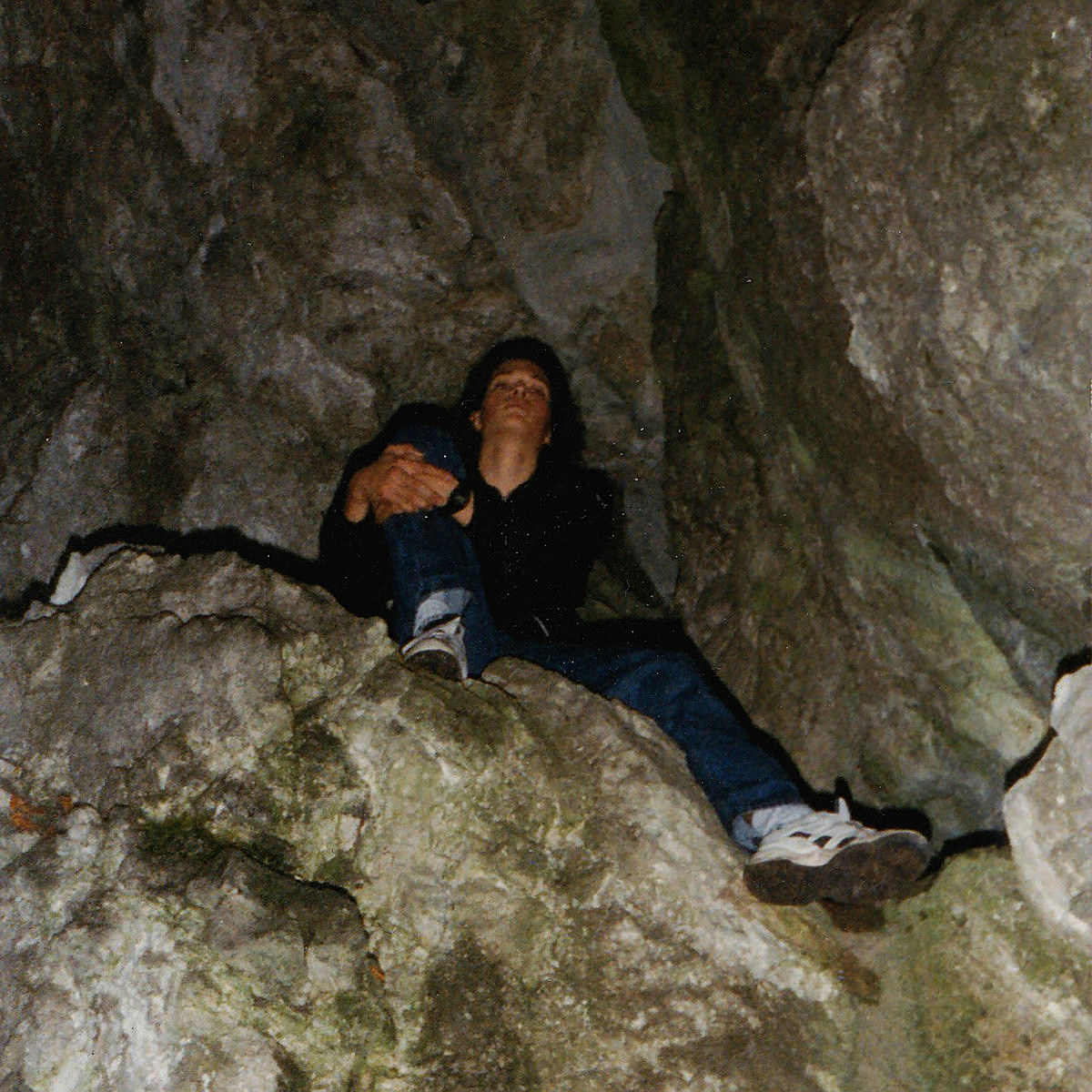
…
Living in the shadow of one’s early works is a chore. Most artists view their own chronology as a living work of velocity and momentum through the lens of creativity, honing their blade and finding new realms of influence to snag with their ever-growing tendrils. TOOL mocked their elitist “1992-fans,” Fenriz accepts and playfully mocks his early, black metal-defining records, and Chelsea Wolfe outright disowned Mistake in Parting. Early albums act as a looming difficulty and figuring out one’s own learning curve. For most, it carries weight and at least a few teaspoons of shame.
After years of growing interest and banter in the underground, multi-instrumentalist Stefan Traunmüller has tackled the great burden of his “demo” period head on. As Golden Dawn (referring to the Hermetic Order, not the Greek political party), Traunmüller, then known as “Dreamlord,” was an early entity in the Austrian black metal scene, churning out hours of intricate, keyboard-laden home recordings. Compared to fellow members of the “Austrian Black Metal Syndicate” (Abigor, Trifixion, et al.), Traunmüller chose a meditative, ambiance-driven approach to the then-burgeoning second wave. Reaching deep into his own lucid dreams, the obsessive, hermetic musician created his own world in music. Having later moved to Napalm Records (and even later Non Serviam Records), much like Abigor, Golden Dawn would eventually become more clean-cut, incorporating more overt gothic and power metal influences, but his first-era works remained earlier remnants of true creativity in the black metal underground.
Rumblings in 2015 brought new life to Traunmüller’s roots, and remastered editions of Golden Dawn’s first-era catalog would find their way onto a new Bandcamp page, as well as physical editions by Seedstock Records, Iron Bonehead Productions, and Tour de Garde. In a lengthy interview with Traunmüller, we discussed nostalgia, owning one’s creative roots, and early creativity in his now-decades old recordings made anew (and see some previously unreleased photos, too).
…
Even though you were a member of the Austrian Black Metal Syndicate, which implies a smaller social connotation, your demo work in the early 90s speaks to a more hermetic artistic sense. What is it like revisiting and reissuing these older works and teenage revelations all these years later?
It was a great experience, both musically and personally. Music is a perfect storage place for emotions, so I immediately felt connected to my young, rebellious, hurt, yet proud inner me. I understood what, back then, was only subconsciously present and felt like clapping that little boy on the shoulder telling him how pure and genuine his efforts were and that he should keep that… which he did not for a long period of time. Also, musically, it was an eye-opener, because even though the equipment was, of course, crappy on those old demos, the analogue tape offered a rich and vivid sound which can’t be killed by bad engineering or clipping. Today, where recording is all about editing, I miss this “do or die” feeling during recording, and also the act of squeezing all out of the limited possibilities you had. So I had a lot of fun with remixing the old stuff.
…
…
Have you ever thought about revisiting that “do or die” approach with a new project? Something which recreates that desperate sort of ’90s approximation of analog perfectionism adjacency?
Yes, I think about that from time to time, but so far I’ve stayed in the comfort zone of my computer recordings. I am used to composing and building stuff during the recording process, without the computer I’d need to focus more on the instrument and the composition before recording. But [the “do or die” approach] is how “true” music is done. One day, I will do that again. I think that especially black metal is a music style which really suffers from today’s digital production techniques. Right now, I am at least revisiting the world of old cheap synth sounds with a dungeon synth/ambient project.
If this is the way “true” music is made, does the computer make music less honest, or is that a reference to the black metal lexicon? Moreover, do you think these earlier works are a more honest representation of your own, internal style of music?
I think, as always, it depends on how a tool is used. When somebody is able to perform his music and the computer work helps to combine the best parts, this is okay. Often, people need the computer because they would never be able to perform their stuff without modern editing. The guy who does the edit work is the most important part of a lot of modern metal productions. This is, for me, not art. This is as if you compare a hand-crafted table to some IKEA furniture. An honest representation of the internal style, okay, but when would music be dishonest? When it is done in order to attract people, or even for commercial purpose, which I never did. It has been, and still is, a hard struggle for me to find this internal style, which is linked to the existential question of who I really am. My early work was closer to the “source,” but, nowadays, I am more structured as a person and as a composer, so my task is to make something mature that still has the unpolished creativity shining through; the essence, the idea.
…
…
What made you decide to revisit this veritable “source” and demonstration of your unpolished creativity?
I [digitized] the old tapes and already planned to re-release them somehow, but without a concrete or interesting offer. Then, I received mail from Marco [del Rio] of Seedstock, and he convinced me to finish all [the physical planning]. I am really glad he released the Golden Dawn/Apeiron demo on double LP, with the CD version edition out on Tour de Garde [and Iron Bonehead Productions]. The same will be done with the Lullaby and Way of the sorcerer demos [which have since been released]. I hope that I will also be able to properly release the unreleased albums Sublimity and A solemn day in any way. I am still not sure if I should maybe re-record them, but I am in no hurry.
So it was just kind of a random chance? Interesting. Is this unreleased material in the same vein of the early/pre-gothic styled music? What kept you from releasing it?
Sublimity was composed and recorded in studio one year after The Art of Dreaming” but, by that time, the label owner of Dark Matter Records, who also owned the studio, got less and less reliable, and, in the end, there was silence. I was already in contact with Napalm Records by that time, but that Dark Matter guy would not sell it to them or finish the production with me. That was a big setback and demotivation for me. Around 1997, I started my first attempts at digital music production and re-recorded Sublimity and, I think in 1999, A solemn day. The MIDI drums and the guitar sound pretty much sucked. Sublimity was more medieval sounding, with a lot of cembalo and trombones mixed with the blast beat-backed tremolo riffing. A solemn day had some power metal and doom influence with clean vocals, but there was also a really shamanic, ritualistic track which I still like very much. I had a deep personal crisis during that time, which kind of prevented a studio production or release.
…
…
Though you sort of answered a similar question “Golden Dawn/Apeiron” 2LP-exclusive zine interview conducted by Marco del Rio, do you feel Golden Dawn’s and, similarly, Rauhnåcht’s current state draws from and expresses that same core creative sense? Or is it, after twenty years, something different?
I am quite a bit different as a person compared to 20 years ago, but taking your expression of “core creative sense”, I’d say, yes, that’s the same. I still have that ideal emotion in music that I want to feel when I compose. When I feel that mix of sadness and grandeur, then I like it, but what is very different is the songwriting. I think that my today’s songwriting has a better flow and structure; in the early Golden Dawn days, it was, rather, a chaotic outburst. Also, I must say that the older I got, the more I dared to keep [an idea] simple and to let a song grow. In Rauhnåcht, I want to have a hypnotic, even meditative character that drags the listener away, so the arrangement and harmonic structure is sometimes more important than the melodies.
There are certainly elements like the aforementioned “sadness and grandeur” which tie your works together, but what is the most striking is your concentration on fantasy and lore. Though Rauhnåcht can certainly be placed more firmly in the “lore” category, Golden Dawn is undeniably steeped in fantasy. Seeing as the general idea surrounding the superimposition of legend atop your music has followed your career across your various projects, what does legend/lore/fantasy mean to you and your art?
Actually, early Golden Dawn was more influenced by shamanism and traditional sorcery than by fantasy, apart from the first demo, which featured a lot of Viking mythology with a philosophical approach to it, just like Quorthon did it on Twilight of the gods. If I was to choose one central expression for summing up Golden Dawn lyrics, it would be “lucid dreaming”: reaching other worlds in dreams or through a dream-like state of mind. The “lore” aspect really comes much more in Rauhnåcht. Almost every mountain, forest, or moor in my area has its own tales and legends which unfold a really special mood, especially when you walk through those places. You get connected to old times, when people were more at one with nature and the “core of life,” so to say. I think that mood fits very well in hypnotic songs with a lot of reverb-loaded, tremolo-picked guitars.
…
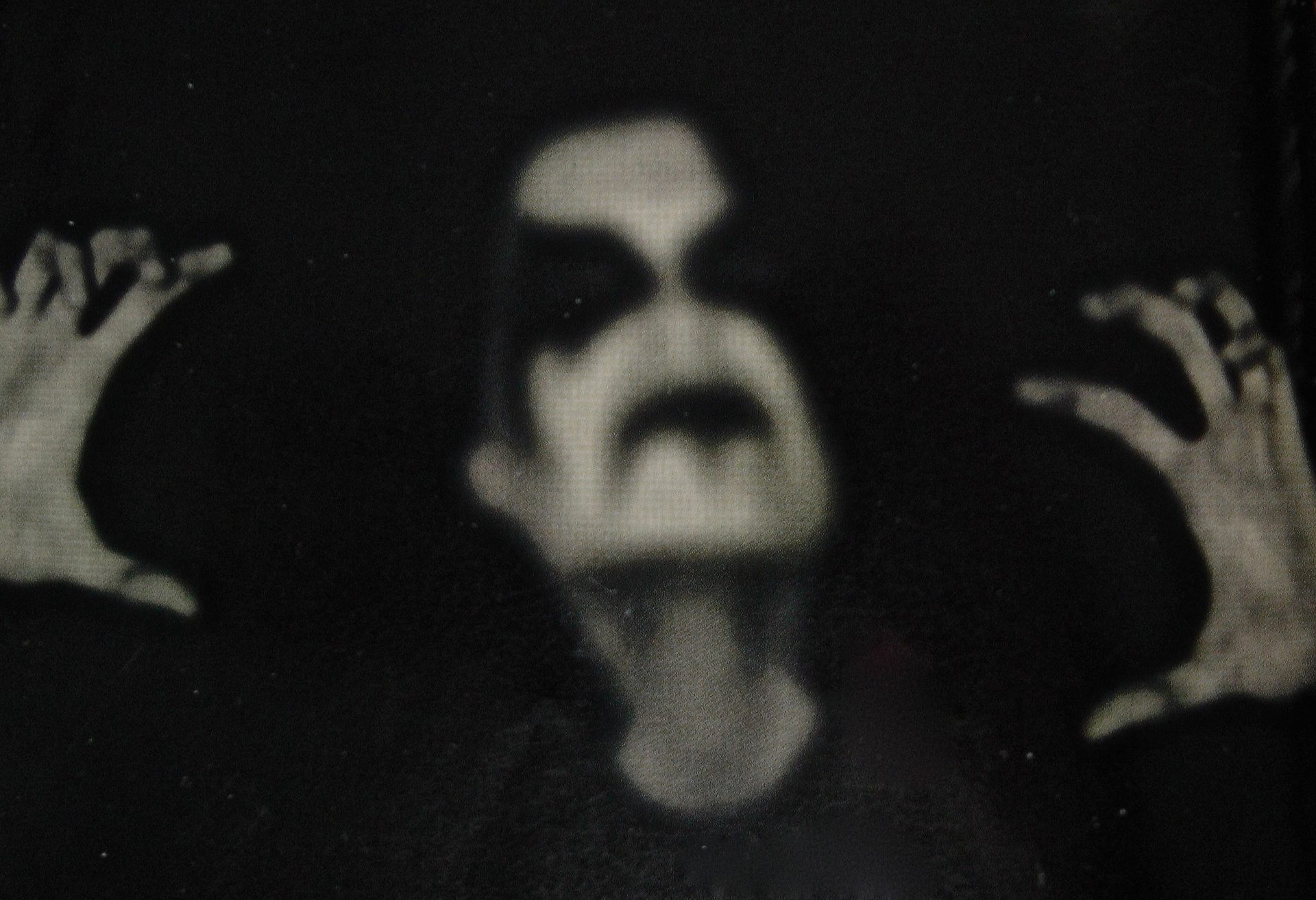








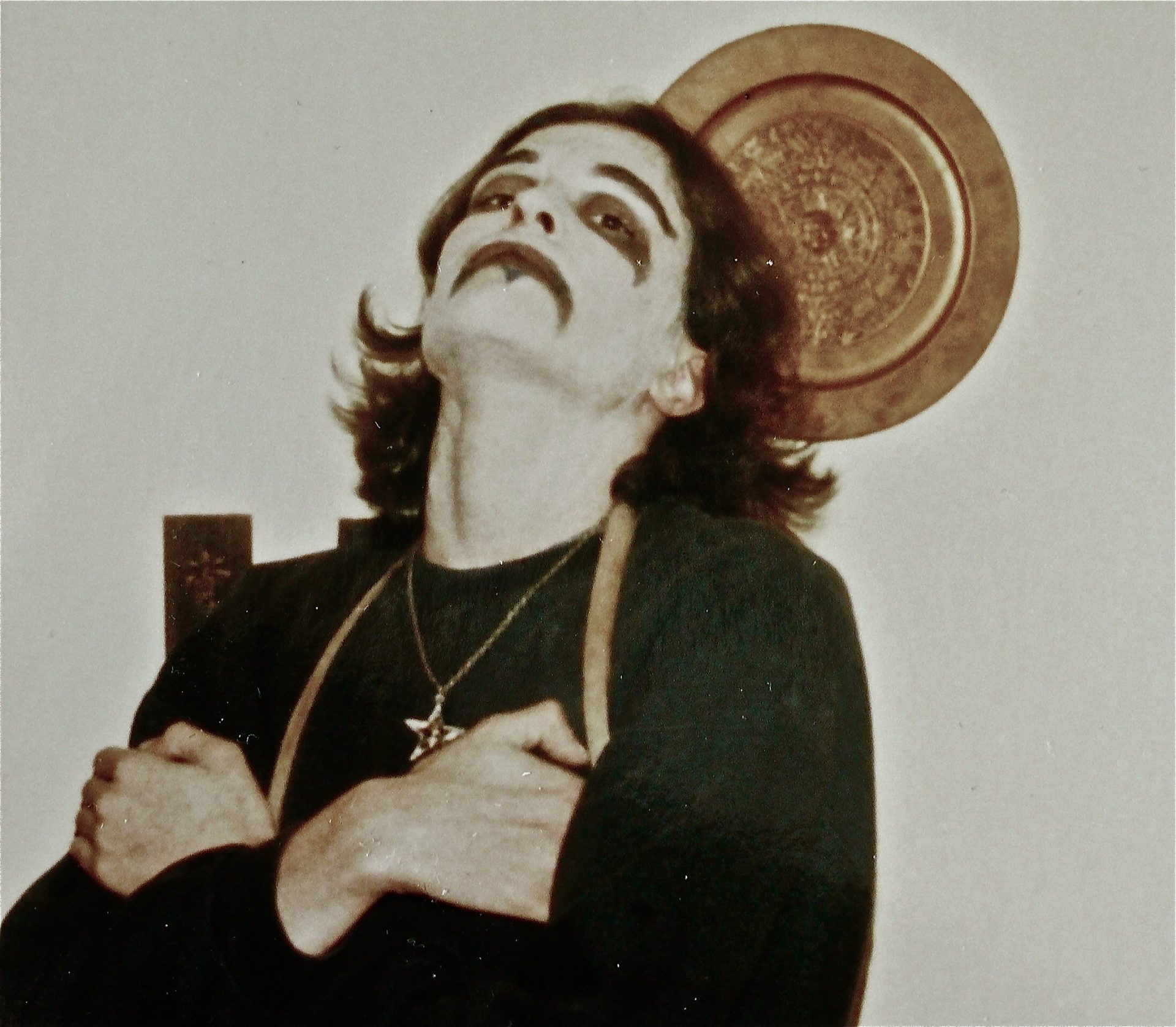
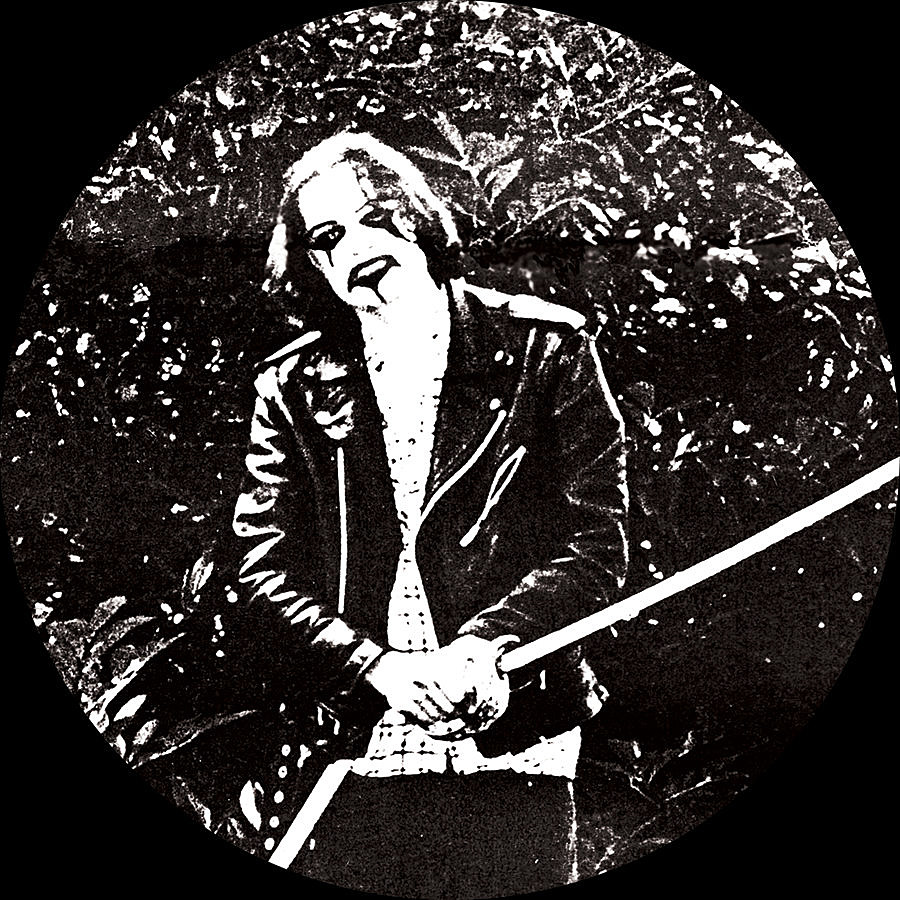
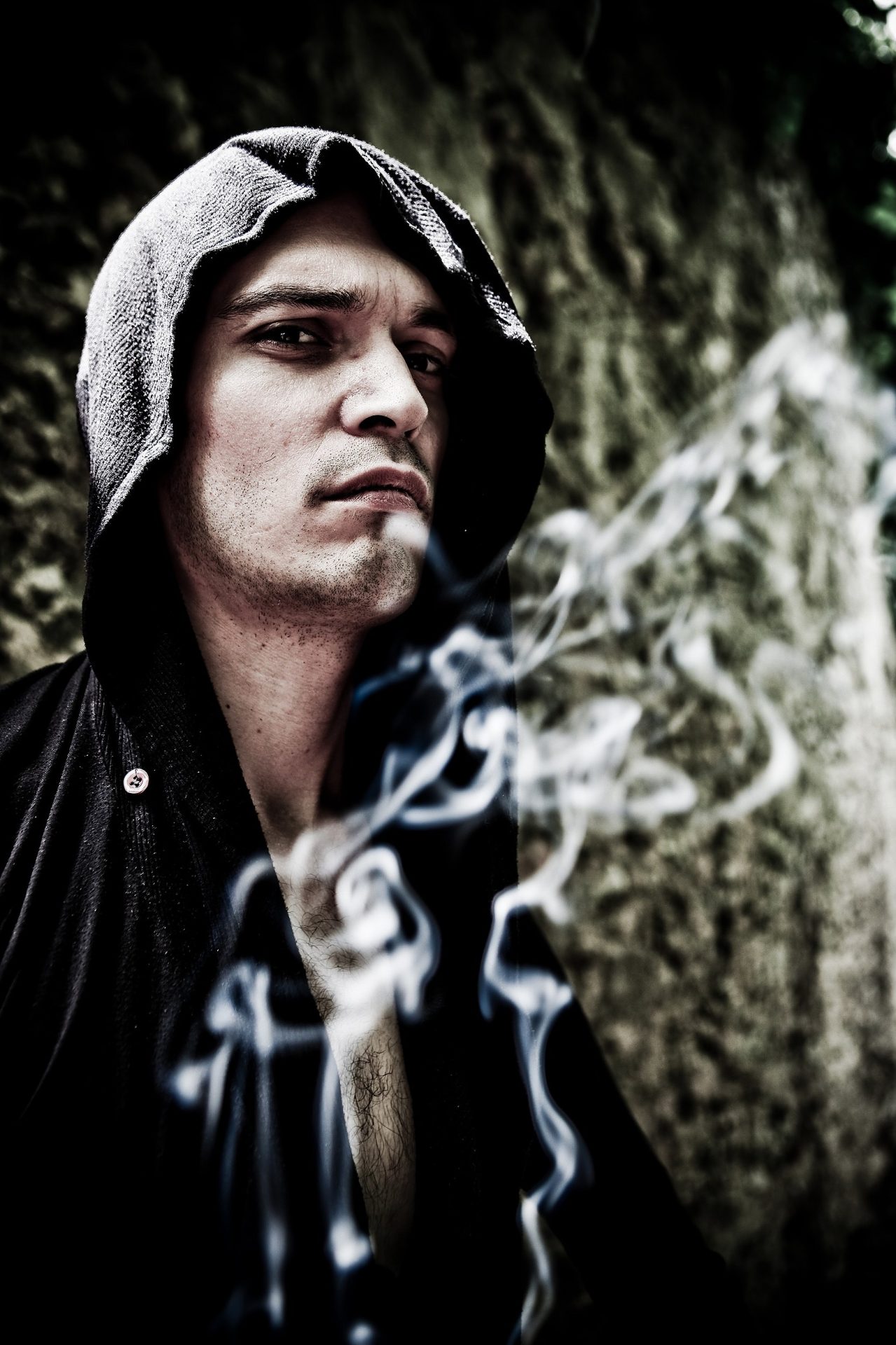
…
Did Golden Dawn’s music also come from a dreamlike state, that is to say, something in your subconscious or at least outside your usual consciousness, or was the intent separate from the musical execution?
It was the other way around. When I started to make music, that enhanced the meaning of my dreams. Then, I started to deal with shamanism and had a personal crisis which lead to astral and visionary dreams. Even today, dreams are an important guide to me, and when I write music before going to bed, I can be almost sure to dream of a melody or a riff which I can use the day after, or at least inspires me.
So you could say it is which already existed within you and is being conjured through the dream medium? That sounds extremely personal and inward-looking.
Yes, but I would say that dreams are a possible connection of the “within” and a higher cosmic energy which can be transformed into art. I don’t think that art can be created entirely from within; you always need that spark which connects you with the “universal creative potential.”
…
…
What outside of this cosmic dream world inspires Golden Dawn?
Everything which conjures emotions; there is no inspiration without emotions. In my youth, there was certainly a general feeling of inner brokenness and non-belonging, together with a portion of hatred (which honestly comes from self-hatred, most of the time) which lead to misanthropy and opened the doors to an expression in black metal. Today, my main inspiration is nature, the feelings I get on a lonely trip through forests and on mountains. That might sound like a cliché, but loneliness and the majesty of nature gives me all the inspiration I need for making music.
With all these very personal influences intermingling with the constant presence of the past held within the demo-era repressing series, has it altered the way you’ve approached your current and actively drafting works? What of Golden Dawn’s future? Has this changed your trajectory?
It has rather changed my personal approach as it helped connecting me to my young-boy-me. I have developed quite far away from that point, so I think I won’t produce music in this vein anymore, but it feels good to, as I said earlier, clap that boy on the shoulder, understanding the emotions he had and telling him “well done”. And yes, it was well done. In some way I could not do it that well nowadays, but I can find another way to do it well now. Having a broad time horizon of own musical works and emotions, you might find a good essence as a basis for the future. Maybe there will be more re-issues, there is a label that will probably re-release The Art of Dreaming with bonus tracks and, another “maybe,” there might be a split release with a long Golden Dawn track ca. 2010 and a band where I am a “ghost writer” nowadays.
I am very grateful for the interest in my old works. I have the impression that people who listen to what I do now are quite different from the people who listen to the old stuff. Maybe this is also an age-difference, but maybe that can change a little bit.
…
Listen to more early Golden Dawn (and related) material at the Traunmüller Archives Bandcamp.
Traunmüller’s newer project Rauhnåcht’s recordings, as well as other works as part of Sturmpercht where he plays alongside Christoph “Vinterriket” Ziegler, can be heard and purchased here.
Copies of various installments from the Golden Dawn demo repress series can be purchased from Seedstock Records, Tour de Garde, and Iron Bonehead Productions, as well as most distributors who carry their releases.
Many thanks to Marco del Rio for setting up this interview.
…
]]>